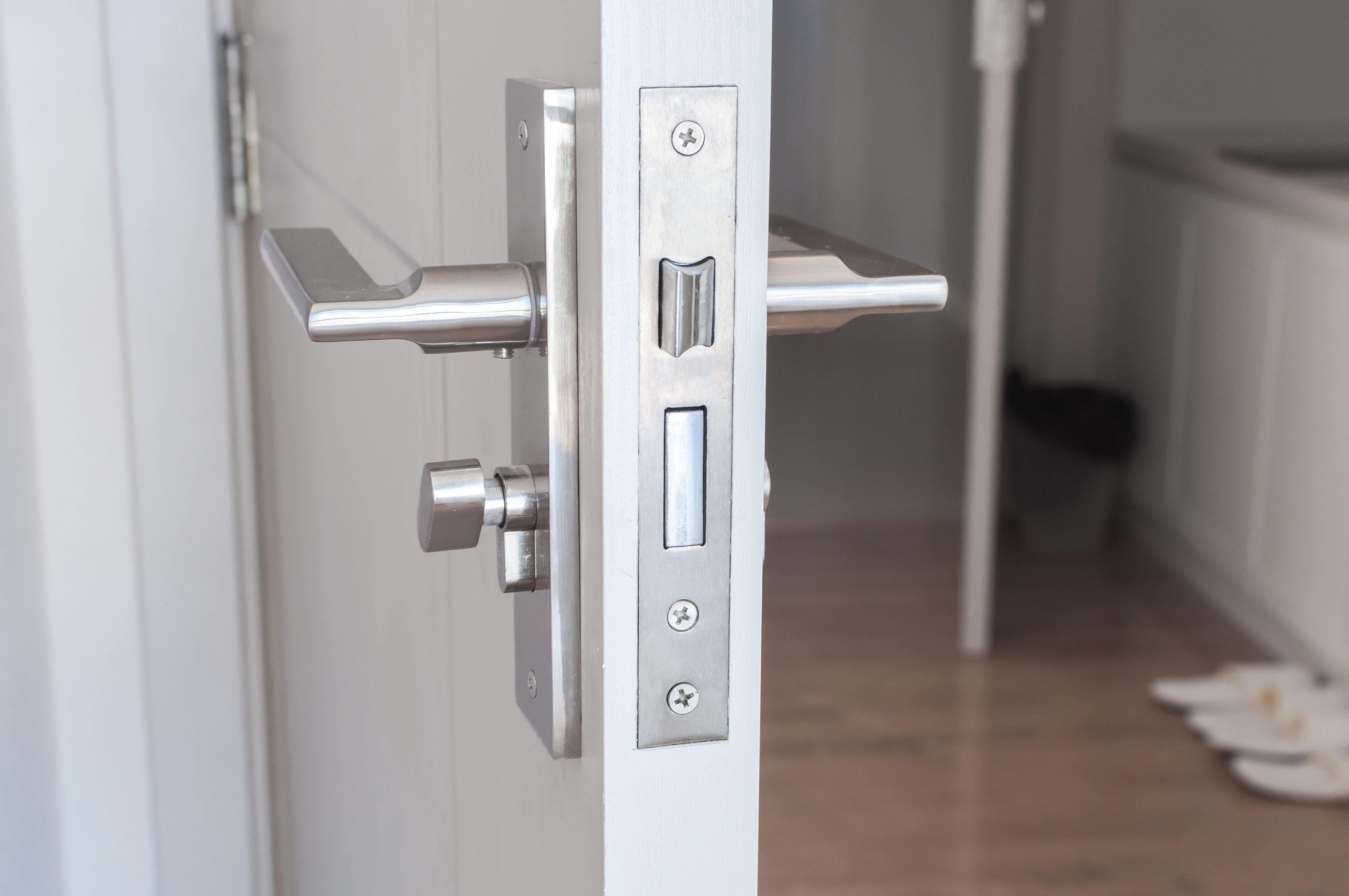Discover the importance of streamlining the hardware pre-installation process to improve efficiency and ensure quality.
Streamline Project Delivery Timelines
Efficient hardware pre-installation plays a crucial role in streamlining project delivery timelines. By installing and testing hardware like hinges, locks, exit devices, and electrified hardware before shipment, potential delays can be minimized. This allows for a smoother and more efficient installation process at the project site, ultimately reducing overall project timelines.
Another benefit of streamlining project delivery timelines through hardware pre-installation is the ability to identify any potential issues or challenges early on. By testing the hardware before shipment, any defects or malfunctions can be identified and addressed, preventing costly delays and rework at the project site.
Identifying Key Hardware Components
Identifying key hardware components is an essential step in the hardware pre-installation process. This involves carefully selecting and ensuring the correct installation of hinges, locks, exit devices, and electrified hardware. By accurately identifying these components, the risk of compatibility issues and installation errors can be significantly reduced.
Another aspect of identifying key hardware components is considering the specific requirements of the project. Different projects may have unique needs and specifications, and it is important to select the appropriate hardware that meets these requirements. This ensures that the hardware pre-installation process aligns with the project's objectives and enhances overall functionality and security.

Implementing Efficient Pre-Installation Procedures
Implementing efficient pre-installation procedures is crucial for streamlining the hardware pre-installation process. This involves establishing standardized processes and guidelines to ensure consistency and accuracy in the installation and testing of hardware.
One effective strategy is to create a detailed checklist that outlines the necessary steps and procedures for pre-installation. This helps to ensure that no crucial steps are missed and that each hardware component is properly installed and tested before shipment. Additionally, providing comprehensive training to the installation team on these procedures can further enhance efficiency and minimize errors.
Furthermore, efficient pre-installation procedures involve establishing clear communication channels between the different stakeholders involved in the process. This allows for smooth coordination and collaboration, ensuring that all parties are aligned and informed throughout the pre-installation phase.
Leveraging Technology for Automation
In today's increasingly digital world, leveraging technology for automation can greatly enhance the hardware pre-installation process. By utilizing software tools and systems, time-consuming manual tasks can be automated, improving efficiency and accuracy.
One example of leveraging technology for automation is the use of computer-aided design (CAD) software. This allows for precise planning and visualization of the hardware pre-installation, reducing the likelihood of errors and conflicts. Additionally, the integration of inventory management systems can streamline the ordering and tracking of hardware components, ensuring that the necessary items are readily available for pre-installation.
Moreover, the use of technology can enable real-time monitoring and data collection during the pre-installation process. This data can provide valuable insights into performance metrics, allowing for continuous improvement and optimization of the hardware pre-installation procedures.
Quality Control and Testing Protocols
Ensuring quality control and implementing rigorous testing protocols is essential for a successful hardware pre-installation process. This involves conducting thorough inspections and tests to verify the functionality and durability of the installed hardware.
Quality control measures can include visual inspections to check for any visible defects or damages, as well as functional tests to ensure proper operation of the hardware components. This can involve simulating real-life scenarios and assessing the hardware's performance under different conditions.
Additionally, implementing testing protocols can help identify any potential issues or weaknesses in the hardware. This allows for timely adjustments or replacements, ensuring that only high-quality hardware is installed and shipped to the project site.
Continuous Improvement Strategies
Continuous improvement is key to enhancing the hardware pre-installation process. By regularly evaluating and refining the procedures and practices, efficiency and quality can be continuously optimized.
One strategy for continuous improvement is to gather feedback from stakeholders, including the installation team, project managers, and clients. This feedback can provide valuable insights into areas that require improvement or adjustment. Additionally, conducting regular audits and assessments can help identify any process bottlenecks or areas of inefficiency.
Furthermore, staying updated with industry advancements and best practices is crucial for continuous improvement. This can involve attending conferences, workshops, and training sessions to learn about the latest innovations and techniques in hardware pre-installation.
By implementing continuous improvement strategies, the hardware pre-installation process can evolve and adapt to meet the changing needs and demands of projects, ultimately ensuring greater efficiency, quality, and customer satisfaction.
Ready to elevate your project efficiency? Contact The Cook & Boardman Group today to streamline your hardware pre-installation and unlock greater efficiency and quality! Let's build smarter, together.




